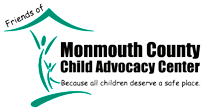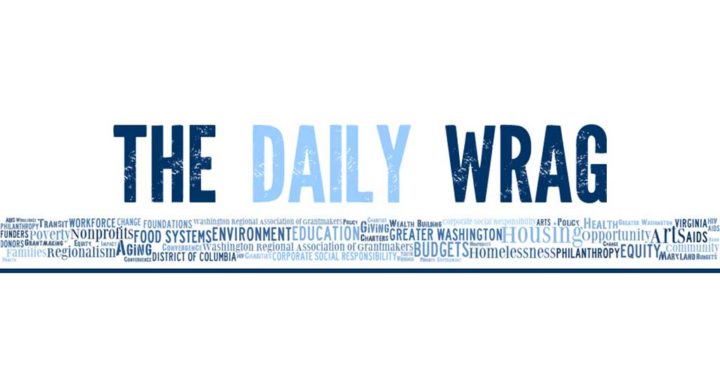 By Tamara Copeland
By Tamara Copeland
President
Washington Regional Association of Grantmakers
Earlier this year, I witnessed an incident of child abuse. A girl of nine or ten was leaving school when an adult outside in a car with three other young children – her mother, I assumed – began to yell at her. In a violent tone and with much cursing, she asked the child why she was wearing a coat on what was admittedly a very warm day. She continued to yell with great volume and vehemence as the child exited the school, walked the steps to the car, got inside, and as the car drove off.
I sat watching this incident feeling sad, angry, and powerless.
I am educated as a social worker. I worked briefly in the child welfare system in direct service and for decades in the policy arena as a child advocate. In fact, being a voice for children was the center of my professional career until I joined the WRAG staff. I understand the impact of life’s stressors on parents and I understand that the cycle of being poorly parented can lead to becoming an inadequate parent. Nonetheless, on that day I was powerless. I had no idea what to do in the brief time that I watched this emotional abuse unfold.
The incident came to mind when I learned last week of the death of a nine-year-old at the hands of his mother’s boyfriend (WaPo, 7/6)*. His offense: he had eaten an extra piece of cake. That young girl’s offense: wearing a coat on a warm spring day. Did the emotional abuse I witnessed turn into physical abuse once they arrived at home? I will never know.
Making sure that our children are educated and making sure that they have health care are priorities for many in the philanthropic community, but making sure that they are safe seems to have completely fallen off the priority chart if it was ever really there. Protecting the welfare of children, be it through child abuse prevention, quality foster care, or promoting adoption are nowhere on the list of priorities for most funders. In fact, in a recent WRAG survey, only 3 percent of our members reported that they do any work on child welfare/child abuse/foster care/adoption. Giving toward these areas is limited despite the fact that statistics support the fundamental need to address them.
We know that the number one reason that children are in foster care is physical abuse, followed by sexual abuse and then neglect. And we know that the foster care system is riddled with problems and that those children who age out of foster care often become homeless, sometimes suffer from untreated forms of mental illness, and that a large percentage of adult prisoners have spent some time in the foster care system (60 percent according to a 2010 study done by the University of Chicago and the University of Washington).
The abuse of children sets a life’s trajectory that is far too often tragic. Yet, societally, we don’t attend to it. Having access to quality, affordable physical health care or attending the school with the most innovative, effective teaching staff will not overcome the physical and mental scars of living in an abusive household. Philanthropy can make a difference. When you think about impact and evidence-based, effective grantmaking, consider child welfare as a new focus area for 2016.
*Yesterday, the boy’s mother and uncle were arrested and charged with child abuse and second-degree murder in connection to the boy’s death.

